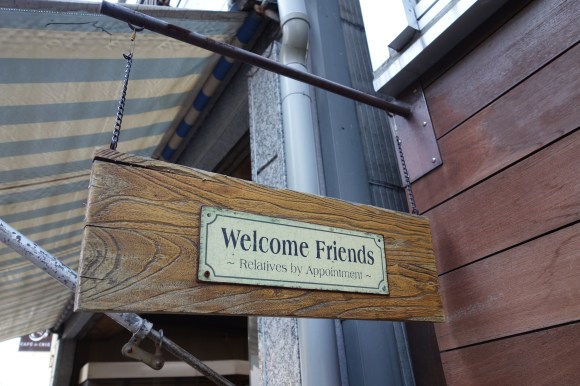
Kagurazaka is one of the most attractive and interesting enclaves in all of Tokyo. Its name in kanji, 神楽坂, literally translates to “God Music Slope”, referring to kagura, the spiritual music traditionally dedicated to Shinto gods. Located at what used to be the outer edge of Edo Castle, the gentle slope that still runs through Kagurazaka today was once filled with the sounds of music emanating from the Imperial Court.
Today, this is one of the few remaining areas of Tokyo where you’ll find exclusive geisha houses hidden off the main street and kimono-clad women shuffling through narrow cobblestone alleyways. It’s also the best place to experience a taste of France, as it has the largest concentration of French restaurants in Tokyo, and a vibrant French expat community. You’ll even hear the strains of accordions as they pipe Parisian music through speakers on the street!
Join us after the jump as we take a stroll through the area and reveal why a visit to Kagurazaka should be on your list of places to see in Tokyo.
We start our journey at Kagurazaka shita, at the bottom of the slope, outside Iidabashi station. At the busy intersection here you’ll find the Canal Cafe, a popular spot for cake and coffee, or even a light Italian meal.
The outdoor terrace here is one of Tokyo’s best, situated on the old moat of Edo Castle. You can even rent a row-boat for 600 yen (US$5.88) per 30 minutes.
Heading back out to Kagurazaka shita, you’ll see the place is bustling on a weekend. The main road is a car-free zone from 12-1 pm every day and 12-7 pm on Sundays and public holidays.
The gentle incline takes you past a wide variety of stores, from fast-food outlets to traditional Japanese sweet vendors, game arcades and kimono shops.
There are plenty of traditional Japanese dining options in the area.
If you’re looking for Chinese food, you won’t be disappointed with the steamed buns at the Kagurazaka branch of Gojuban.
The buns here are enormous, and come in all sorts of varieties, from chilli prawns to custard and even mozzarella. You can buy them hot or take them away cold for heating at home.
The buns are about three times as big as the plastic one that holds your notes down!
It’s time to get away from the main street and venture off into one of the narrow cobblestone alleys.
A great place for a quick stop is the Cafe-Creperie Le Bretagne. This was the first creperie to ever open in Japan, with specialist chefs sent to Japan from France in order to serve up authentic Brittany-style crepes made from buckwheat flour called galettes.
We ordered two of their specialitiés for 1,680 yen ($16.46) each. The Maraîcheré was a delightful serving of zucchini, tomato, egg, Swiss Gruyère cheese, and artichokes from Brittany. The buckwheat galette tasted very similar to soba, and had a great crunchy texture which went well with the soft, creamy filling.
We also tried the Brocéliande, with egg, fresh asparagus, and smoked Atlantic salmon. The earthy flavour of the buckwheat was a great contrast to the fresh flavours inside. Both these galettes were absolutely delicious and we’ll definitely be coming back for more.
Fun fact: buckwheat flour contains vitamin P, which is essential for the absorption of vitamin C. That means we need to wash this down with a bottle of cidre, right? Made with apples from Brittany, the tartness rounded out the meal perfectly.
Feeling refreshed after our healthy meal, we headed out to explore the cobblestone alleyways in earnest. Location scouts often use these backstreets in movies and television dramas due to their picturesque and timeless appeal.
At the end of one of the winding streets, you’ll come across some beautiful wooden sliding doors.
This is where you’ll find the Wakana Inn. Opened in 1954, this has been a famous writers’ retreat for decades.
The traditional ryokan has accommodated many famous writers over the years, including film director Yoji Yamada. The inn is still in operation today and is a great place to stay if you’re travelling to the area. There’s even a fantastic Japanese-style restaurant right next door!
Venturing out to the main street again takes us by famous French bakery, Paul, and several other interesting shops.
Further up the hill, there’s Akagi Jinja, an incredibly unusual shrine designed by the acclaimed Japanese architect Kengo Kuma. Kuma’s previous works include the Suntory Museum of Art in Roppongi and the Japanese headquarters of Louis Vuitton Moet Hennessy.
The shrine was built together with a grand, modern-looking complex and opened to the public in 2010.
There’s even an on-site cafe for visitors and residents.
In a new take on ancient traditions, omikuji, the white paper fortunes usually tied to branches of sacred trees, are now tied around a concrete pylon.
The glass walls, warm wood and modern lines make this an incredibly unusual site of worship, even by Japanese standards.
Just around the corner from here is a great little coffee place from New Zealand. It’s one of the few places in Tokyo where you can get a flat white.
Aside from serving up great coffee from their Synesso machine, they also have New Zealand treats and organic drinks to melt the heart of any Kiwi in Tokyo.
Heading back down the hill, we make our way to Honta Yokocho. With over 50 restaurants, this is one of the best streets for dinner.
One of the most popular establishments along this street is Hajime no Ippo, one of Tokyo’s original garlic restaurants. Seating just 20 people, this place is often booked out weeks in advance.
After dark, the area becomes even more beautiful, perfect for a romantic post-dinner stroll.
While the sights and sounds of the area have a distinct French flair, a stroll up and down the gentle slope and through the winding alleyways reveals a lot more than the guidebooks suggest.
For a quick recap of the trip, check out the walking map below. If you’re looking to while away some time in a relaxing part of Tokyo, this is definitely the place for you!
All photos © RocketNews24

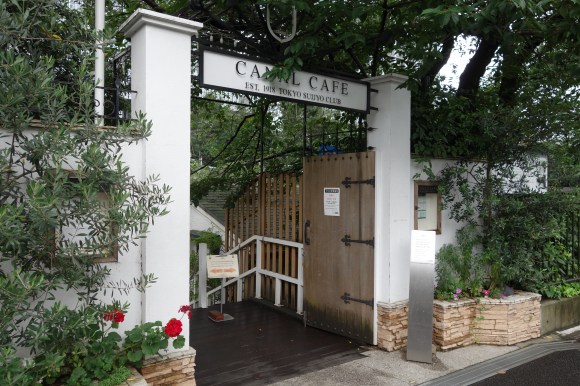
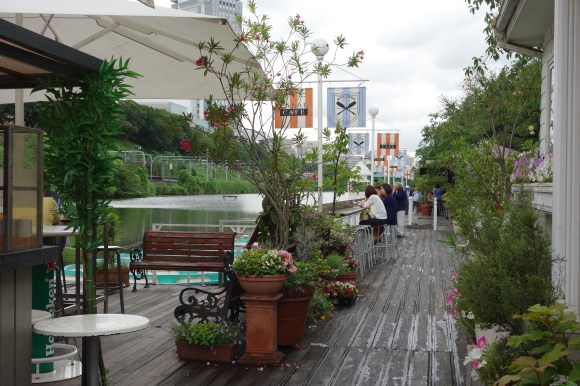
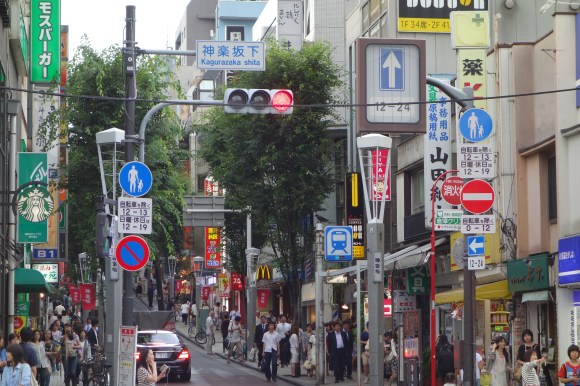
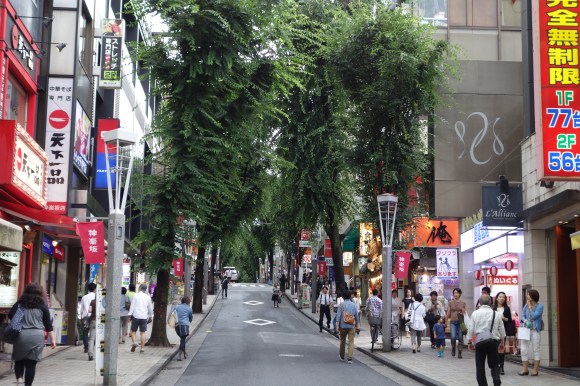
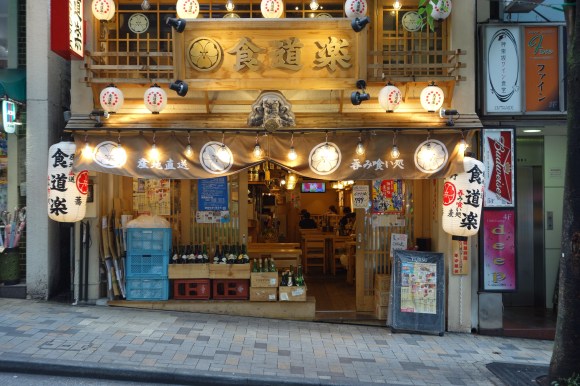
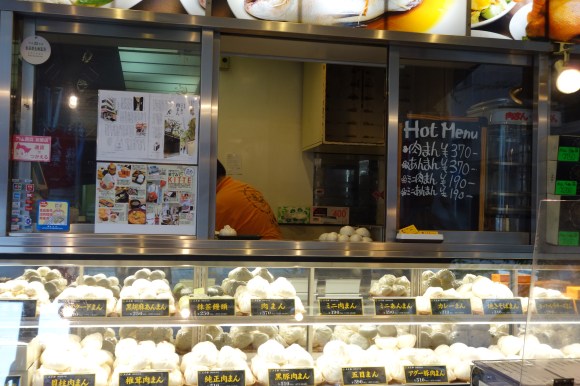
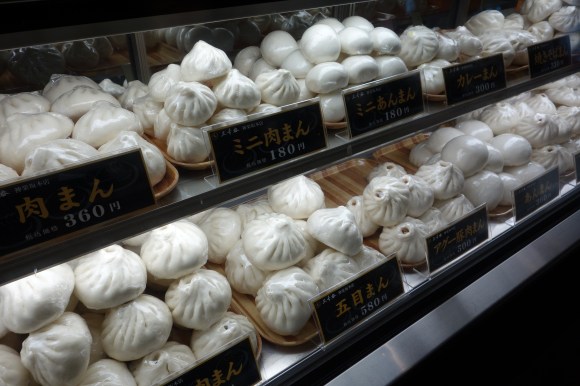
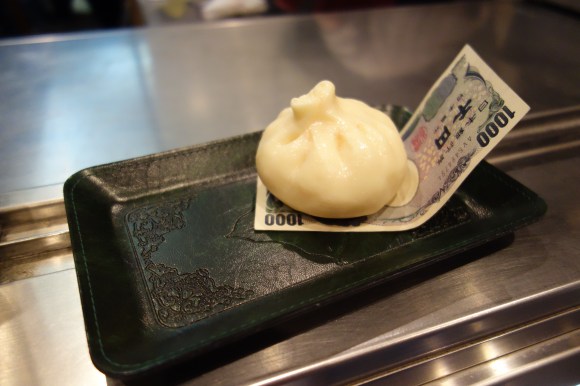
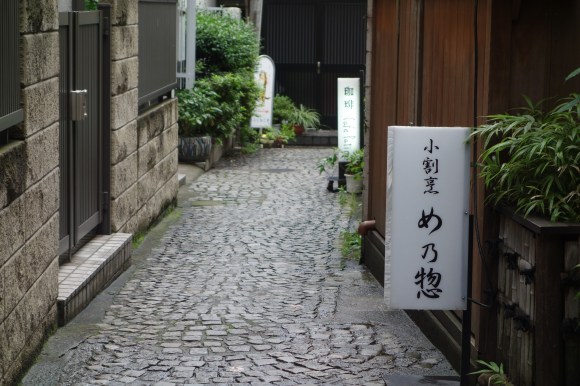
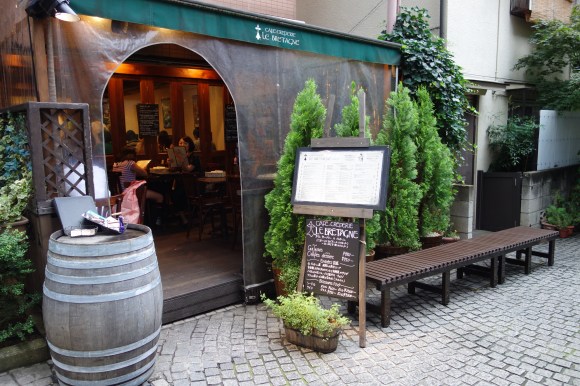
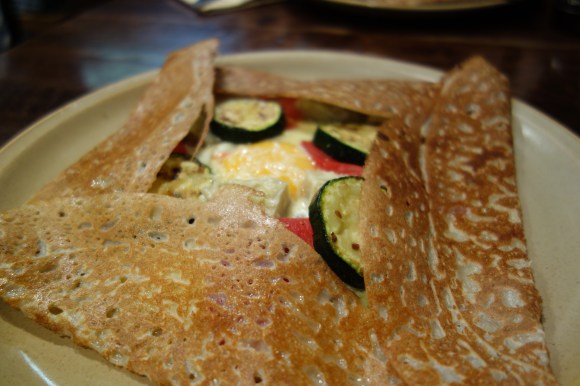
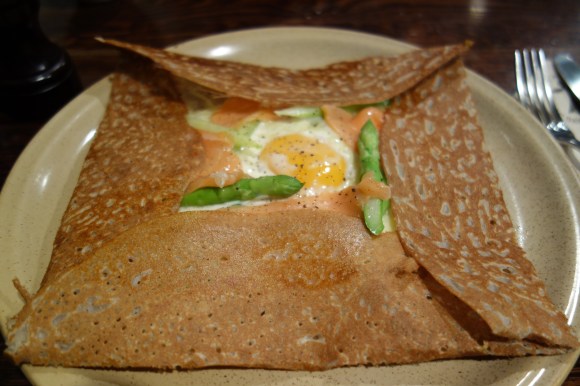
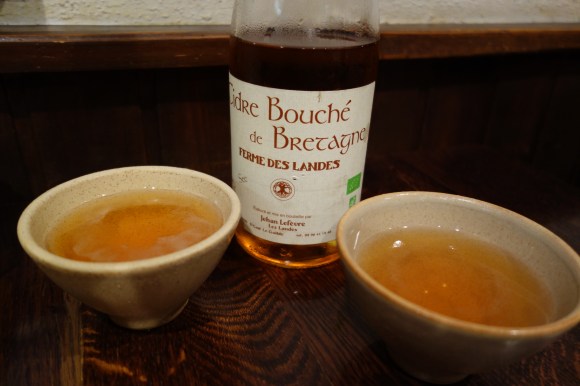
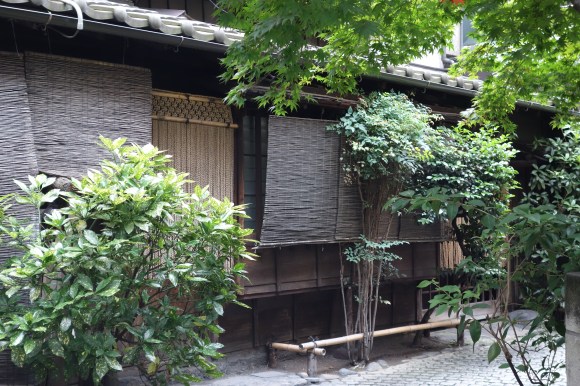
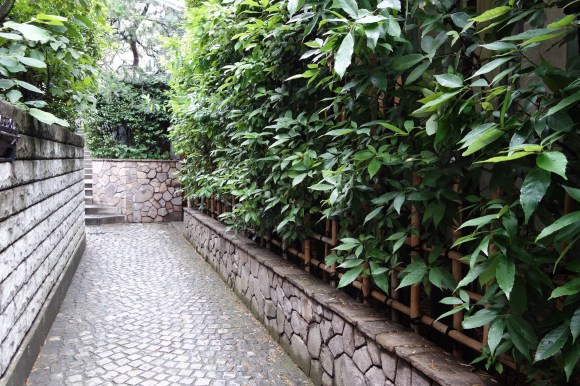

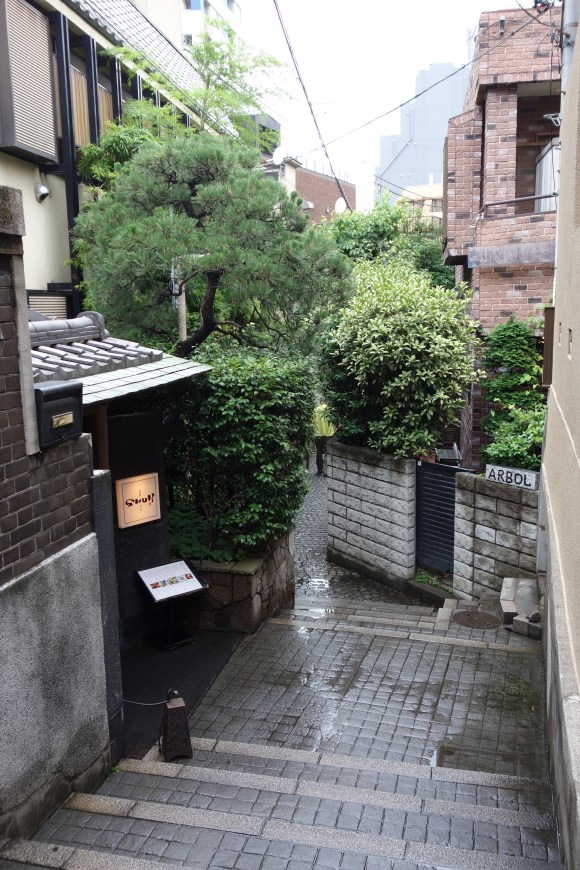
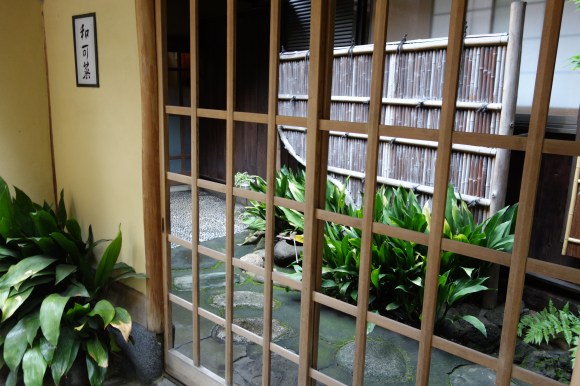

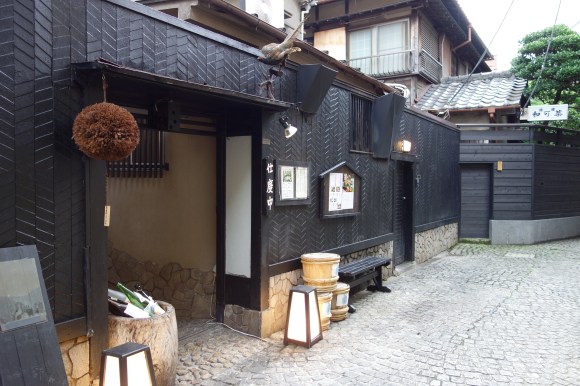
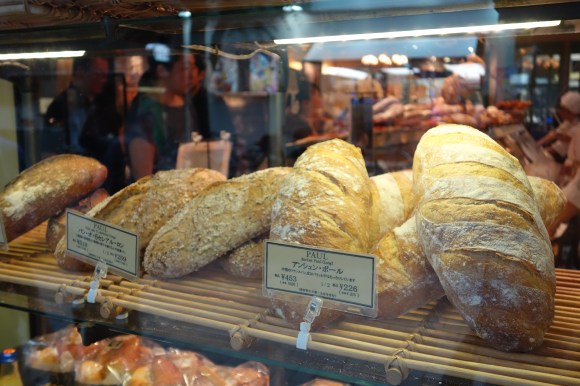
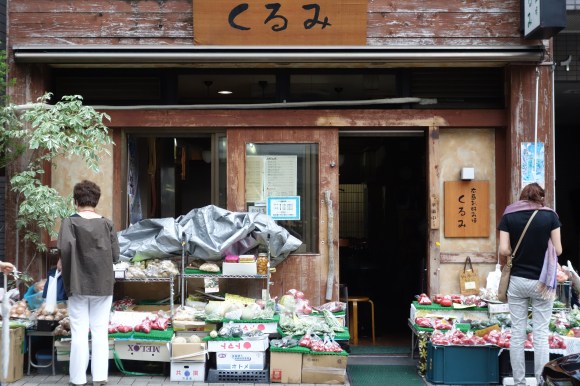
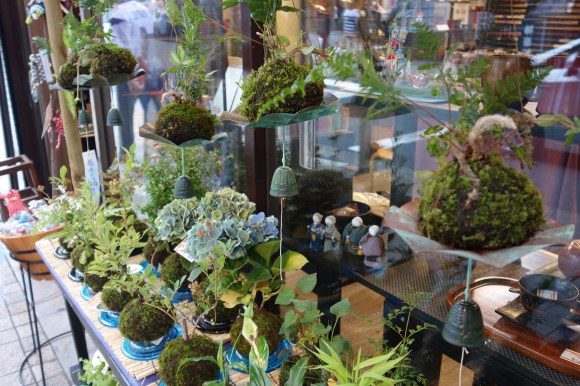
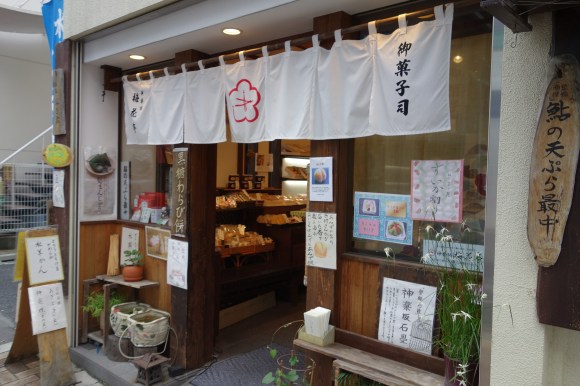

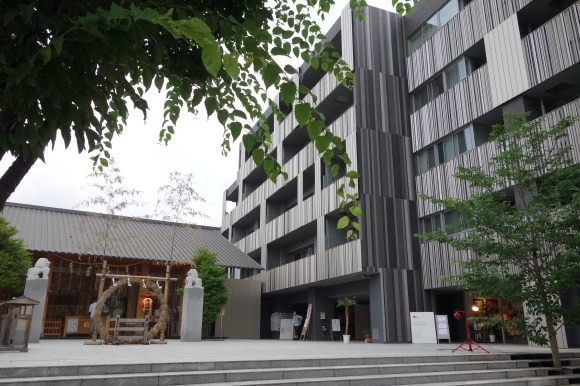
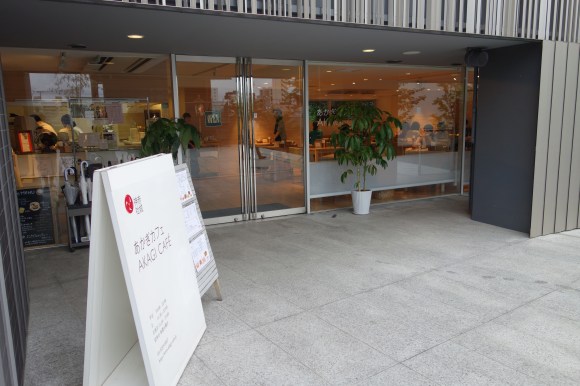
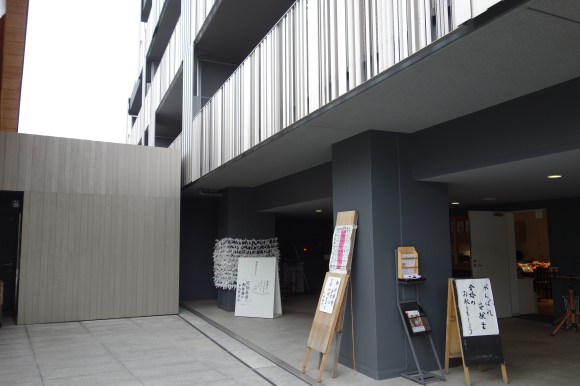

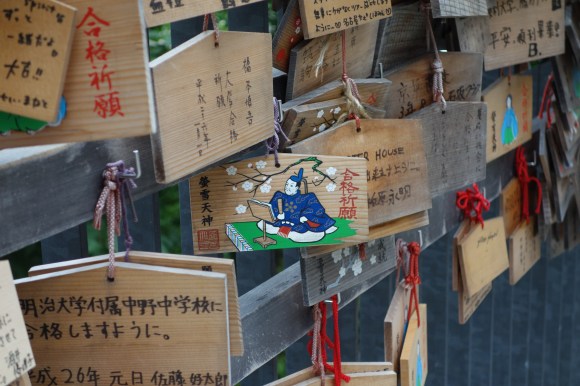
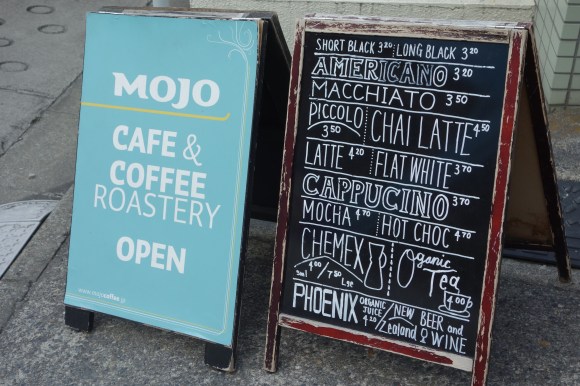
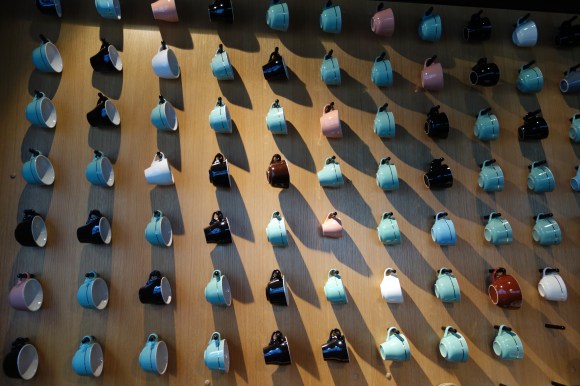
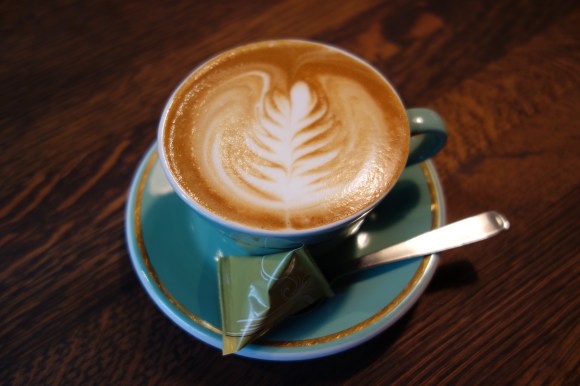
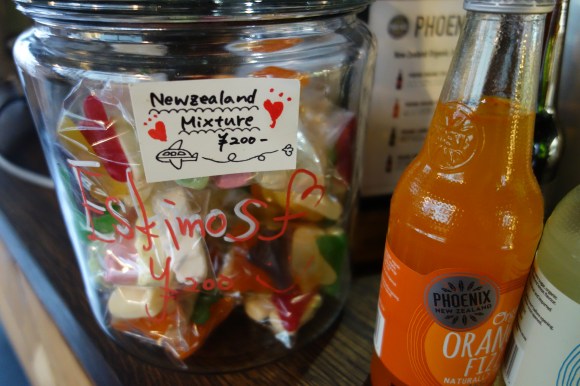
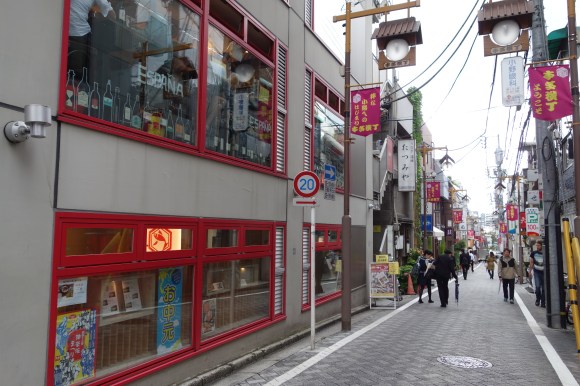

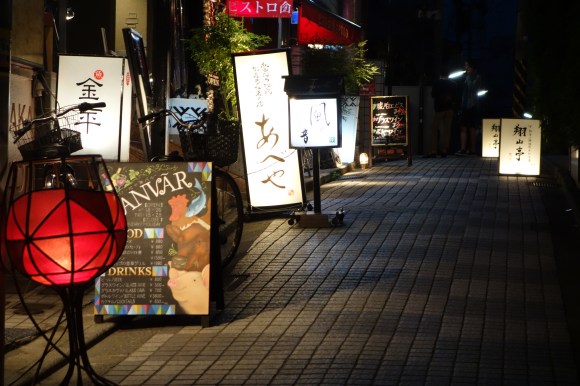
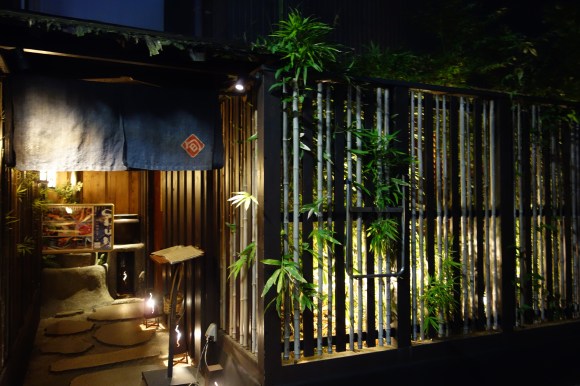
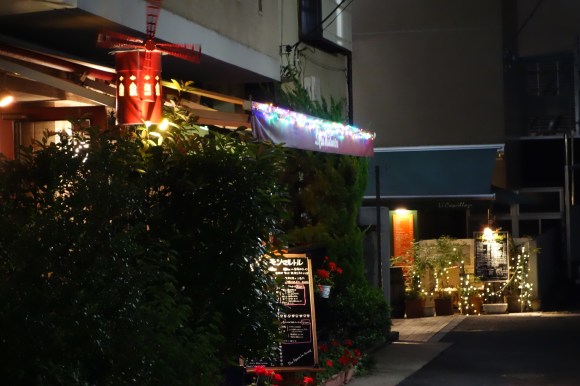

 Falafel, beer, and water wheels: Shibuya and Harajuku’s tucked-away treasures 【Hidden Tokyo】
Falafel, beer, and water wheels: Shibuya and Harajuku’s tucked-away treasures 【Hidden Tokyo】 Biking around Tama Lake: A super-easy, super-relaxing afternoon getaway from downtown Tokyo【Pics】
Biking around Tama Lake: A super-easy, super-relaxing afternoon getaway from downtown Tokyo【Pics】 How far away from Tokyo can you get with 5,000 yen? Let’s find out!
How far away from Tokyo can you get with 5,000 yen? Let’s find out! Hidden travel gems of northern east Japan, presented by the Kita Kanto Brothers!【Photos】
Hidden travel gems of northern east Japan, presented by the Kita Kanto Brothers!【Photos】 Tokyo train stations get new Olympic melodies and signage for the Games
Tokyo train stations get new Olympic melodies and signage for the Games Dragon Quest Burgers and Slime drinks are coming to McDonald’s Japan【Video】
Dragon Quest Burgers and Slime drinks are coming to McDonald’s Japan【Video】 Our writer transforms into a rock goddess in hopes of teaming up legendary musician Yoshiki 【Vid】
Our writer transforms into a rock goddess in hopes of teaming up legendary musician Yoshiki 【Vid】 How to speak Japanese like a gyaru【2024 edition】
How to speak Japanese like a gyaru【2024 edition】 X Japan’s Yoshiki, L’Arc-en-Ciel’s Hyde preview co-op theme for Attack on Titan Season 3【Video】
X Japan’s Yoshiki, L’Arc-en-Ciel’s Hyde preview co-op theme for Attack on Titan Season 3【Video】 Japanese penguin plushie takes you from egg to chick to adult bird in seconds
Japanese penguin plushie takes you from egg to chick to adult bird in seconds Hayao Miyazaki says Happy New Year to Studio Ghibli fans with new art for Year of the Horse
Hayao Miyazaki says Happy New Year to Studio Ghibli fans with new art for Year of the Horse We revisited Sweets Paradise after a decade to see if Japan’s dessert buffet still delivers
We revisited Sweets Paradise after a decade to see if Japan’s dessert buffet still delivers The mystery of the phantom “sake pass card” at Japanese alcohol vending machines
The mystery of the phantom “sake pass card” at Japanese alcohol vending machines New world’s biggest Muji just opened in Japan, and we paid it a visit【Photos】
New world’s biggest Muji just opened in Japan, and we paid it a visit【Photos】 From beef bowl to beef pouch? Taste testing Yoshinoya’s instant gyudon packs
From beef bowl to beef pouch? Taste testing Yoshinoya’s instant gyudon packs Starbucks Japan ready to get Year of the Horse started with adorable drinkware and plushies【Pics】
Starbucks Japan ready to get Year of the Horse started with adorable drinkware and plushies【Pics】 Cyberpunk anime meets traditional culture in Ghost in the Shell gold leaf Japanese changing screens
Cyberpunk anime meets traditional culture in Ghost in the Shell gold leaf Japanese changing screens 7 great places to see Mt. Fuji from without having to climb it
7 great places to see Mt. Fuji from without having to climb it Hello Kitty Choco Egg figures are an adorable trip through three periods of Japanese pop culture【Pics】
Hello Kitty Choco Egg figures are an adorable trip through three periods of Japanese pop culture【Pics】 7-Eleven Japan’s ramen-cooking robot whipped us up a bowl of noodles【Taste test】
7-Eleven Japan’s ramen-cooking robot whipped us up a bowl of noodles【Taste test】 We found possibly the quietest Japanese-style hotel in Tokyo’s bustling Shinjuku district
We found possibly the quietest Japanese-style hotel in Tokyo’s bustling Shinjuku district Japan’s otoshidama tradition of giving kids money at New Year’s gets a social welfare upgrade
Japan’s otoshidama tradition of giving kids money at New Year’s gets a social welfare upgrade Sumo Sanrio! Hello Kitty and pals team up with Japan Sumo Association for new merch【Pics】
Sumo Sanrio! Hello Kitty and pals team up with Japan Sumo Association for new merch【Pics】 More Than a Capsule Stay: Why Solo Travelers Choose “global cabin Yokohama Chinatown”
More Than a Capsule Stay: Why Solo Travelers Choose “global cabin Yokohama Chinatown” Japan’s oldest largetooth sawfish in captivity back on display in Mie Prefecture
Japan’s oldest largetooth sawfish in captivity back on display in Mie Prefecture 7-Eleven Japan starts new temporary luggage storage service in over 300 branches
7-Eleven Japan starts new temporary luggage storage service in over 300 branches Disillusionment at Tsukiji’s tourist-target prices led us to a great ramen restaurant in Tokyo
Disillusionment at Tsukiji’s tourist-target prices led us to a great ramen restaurant in Tokyo Starbucks teams up with 166-year-old Kyoto doll maker for Year of the Horse decorations【Photos】
Starbucks teams up with 166-year-old Kyoto doll maker for Year of the Horse decorations【Photos】 Tokyo considering law requiring more trash cans following litter increase in heavily touristed area
Tokyo considering law requiring more trash cans following litter increase in heavily touristed area Tokyo’s Tsukiji sushi neighborhood asks tour groups to stay away for the rest of the month
Tokyo’s Tsukiji sushi neighborhood asks tour groups to stay away for the rest of the month Tokyo event lets you travel back in time, for free, to celebrate 100 years since Showa era start
Tokyo event lets you travel back in time, for free, to celebrate 100 years since Showa era start Sanrio theme park in Japan announces plans to expand into a Sanrio resort
Sanrio theme park in Japan announces plans to expand into a Sanrio resort Japan may add Japanese language proficiency, lifestyle classes to permanent foreign resident requirements
Japan may add Japanese language proficiency, lifestyle classes to permanent foreign resident requirements Stamina-destroying “Paralysis Noodles” are Tokyo’s newest over-the-top ramen innovation
Stamina-destroying “Paralysis Noodles” are Tokyo’s newest over-the-top ramen innovation Survey asks foreign tourists what bothered them in Japan, more than half gave same answer
Survey asks foreign tourists what bothered them in Japan, more than half gave same answer Japan’s human washing machines will go on sale to general public, demos to be held in Tokyo
Japan’s human washing machines will go on sale to general public, demos to be held in Tokyo Japan’s deadliest food claims more victims, but why do people keep eating it for New Year’s?
Japan’s deadliest food claims more victims, but why do people keep eating it for New Year’s? We deeply regret going into this tunnel on our walk in the mountains of Japan
We deeply regret going into this tunnel on our walk in the mountains of Japan Studio Ghibli releases Kodama forest spirits from Princess Mononoke to light up your home
Studio Ghibli releases Kodama forest spirits from Princess Mononoke to light up your home Major Japanese hotel chain says reservations via overseas booking sites may not be valid
Major Japanese hotel chain says reservations via overseas booking sites may not be valid Put sesame oil in your coffee? Japanese maker says it’s the best way to start your day【Taste test】
Put sesame oil in your coffee? Japanese maker says it’s the best way to start your day【Taste test】 No more using real katana for tourism activities, Japan’s National Police Agency says
No more using real katana for tourism activities, Japan’s National Police Agency says Starbucks Japan reveals new sakura drinkware collection, inspired by evening cherry blossoms
Starbucks Japan reveals new sakura drinkware collection, inspired by evening cherry blossoms Updated cherry blossom forecast shows extra-long sakura season for Japan this year
Updated cherry blossom forecast shows extra-long sakura season for Japan this year Four dirt-cheap but tasty places to grab lunch in Tokyo’s Shibuya shopping mecca
Four dirt-cheap but tasty places to grab lunch in Tokyo’s Shibuya shopping mecca Tokyo making big changes to taxi service and fares, looking for a few “testy” drivers
Tokyo making big changes to taxi service and fares, looking for a few “testy” drivers Tokyo big walk – Walking from Tokyo Station to the Big Sight convention center on Tokyo Bay【Pics】
Tokyo big walk – Walking from Tokyo Station to the Big Sight convention center on Tokyo Bay【Pics】 “Men-only train car” to run in Tokyo as part of “Weak Men’s” association awareness campaign
“Men-only train car” to run in Tokyo as part of “Weak Men’s” association awareness campaign Station of despair: What to do if you get stuck at the end of Tokyo’s Chuo Rapid Line
Station of despair: What to do if you get stuck at the end of Tokyo’s Chuo Rapid Line How to do an overnight bus trip to Hirosaki from Tokyo – Part 2【Photos】
How to do an overnight bus trip to Hirosaki from Tokyo – Part 2【Photos】 Japanese man rides 1,000 kilometres on stolen mamachari bicycle to see Tokyo for first time
Japanese man rides 1,000 kilometres on stolen mamachari bicycle to see Tokyo for first time Tokyo’s busiest train line to be partially shut down this weekend as part of Shibuya renovations
Tokyo’s busiest train line to be partially shut down this weekend as part of Shibuya renovations Japan’s Moonlight Nagara train service ends, leaving a hole in overnight rail travel
Japan’s Moonlight Nagara train service ends, leaving a hole in overnight rail travel Live streamer killed on Tokyo street had her location tracked by attacker through stream
Live streamer killed on Tokyo street had her location tracked by attacker through stream Kyoto travel alternative: The “little Kyoto” of Shuzenji【Photos】
Kyoto travel alternative: The “little Kyoto” of Shuzenji【Photos】 Tokyo losing another iconic arcade with announced closure of 40-year-old Ikebukuro game center
Tokyo losing another iconic arcade with announced closure of 40-year-old Ikebukuro game center No-bus Kyoto sightseeing! SoraNews24’s ultimate on-foot guide for Japan’s former capital【Part 2】
No-bus Kyoto sightseeing! SoraNews24’s ultimate on-foot guide for Japan’s former capital【Part 2】 No-bus Kyoto sightseeing! SoraNews24’s ultimate on-foot guide for Japan’s former capital【Part 3】
No-bus Kyoto sightseeing! SoraNews24’s ultimate on-foot guide for Japan’s former capital【Part 3】 Man passes away on Tokyo train, no one notices until nearly 12 hours and 650 kilometers later
Man passes away on Tokyo train, no one notices until nearly 12 hours and 650 kilometers later How to do an overnight bus trip to Hirosaki from Tokyo – Part 1【Photos】
How to do an overnight bus trip to Hirosaki from Tokyo – Part 1【Photos】
Leave a Reply